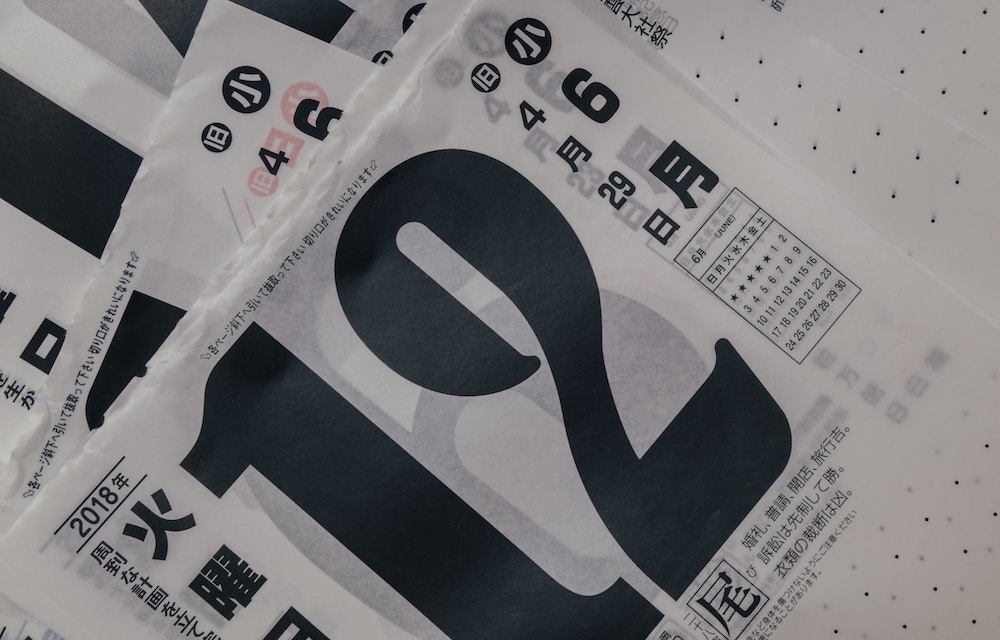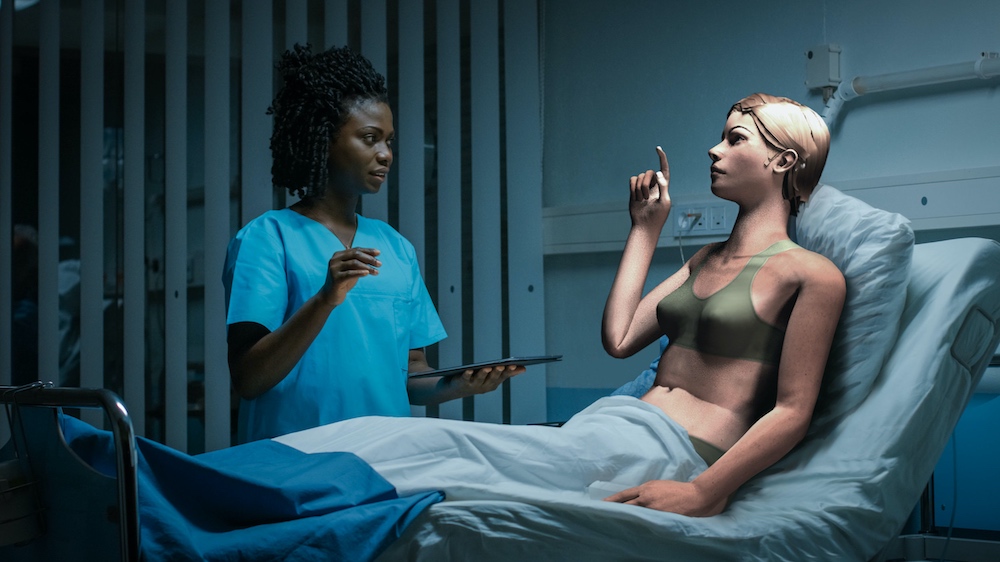12 More ‘Must-Know’ Healthcare Simulation Key Terms
Continuing our helpful series of key term breakdowns from “11 More Key Terms to Help Your Healthcare Simulation Program Develop Faster” and “11 Key Terms to Help Colleagues Learn About Healthcare Simulation“, today we are sharing yet 11 more “Must Know” Healthcare Simulation Key Terms! Share this article with new medical simulation staff to help them quickly get acquainted with these specialized phrases that are crucial to your program’s short and longterm success! From leading vendors to key simulator types, these 12 more key terms pages should be a helpful list to bookmark and share!
Ultrasound Simulator: In achieving educational outcomes, these computer-based simulators mimic the ultrasound image produced within a computer. The methods to simulate ultrasound images can be categorized into interpolative, generative image-based and generative model-based methods. Clinical Simulation has been shown to reduce costs and medical errors while improving learning, training and patient safety outcomes.
Laparoscopic Simulator: A Lap Simulator is a minimally-invasive surgical simulation training tool intended for learners and medical professionals alike. Laparoscopic training simulators are tools that can be used in training scenarios focused on laparoscopic surgery, as they demonstrate virtually all major abdominal surgical procedures. With Laparoscopic Surgery Simulators, learners can begin to familiarize themselves with the performance methodologies.
Sponsored Content:
Human Patient Simulator: One of the newest teaching modalities in health education is the use of human patient simulators (HPS) for healthcare simulation. A Human Patient Simulator is a life-like manikin designed to react physiologically, as if the product were a real-life patient. This is possible because ever-advancing technology has made the production of computer software that can be integrated into the manikins possible. Other names for these devices include high fidelity patient simulators, patient simulators, mannequins, medical simulators, nursing simulators, ob simulators, surgical simulators, pediatric simulators and more.
Standardized Patient: The conceptual origin of the SPs dates back to 1963, when Dr. Howard S. Barrows MD, a neurologist and medical educator, created the first standardized patient in 1963 for his third-year neurology clerkship while teaching at the University of Southern California. By directly observing the students, Barrows and the physician SP realized that a number of skills were being incorrectly performed because students were unaware of the inaccuracy. Barrows also experienced difficulties when he tried to find patients with specific findings for Psychiatry and Neurology board examinations for and realized that some findings could be simulated. Thus Barrows was inspired to create his first “simulated patient.” The birth of the simulated patient came out of a need for a more comprehensive method to evaluate the clinical skills of third-year medical students. In the 1960s, Barrows’ innovative teaching and assessment methodologies were not widely accepted amongst his peers but eventually they would become the standard for educating and training specialties within healthcare!
Augmented Reality in Medicine: Augmented Reality has been shown to have great purpose across surgery and surgical training. According to the Harvard Business Review article “How Augmented Reality Will Make Surgery Safer,” Augmented Reality’s potential ability to concurrently display imaging data and other patient information could save lives and decrease medical errors. Augmented Reality could also potentially transform Electronic Medical Records by providing a means by which Physicians and Practitioners do not need to turn away from a patient to look at a monitor.
Pediatric Simulator: These specialized simulators are life-like manikins that represents the body of a child which is utilized in medical simulation to help educate and train healthcare professionals. These pediatric simulation manikins are known to offer features such as realistic hands, feet, fingers and toes, soft upper body skin over a hard upper body for a realistic feel, jointed elbows, wrists, knees and ankles, a fully articulating head and jaw with teeth and tongue and much more to increase learning outcomes. In healthcare, peds are considered a speciality of medicine and nursing due to the stark differences in clinical protocol related to the care of a child versus an adult patient. As such, clinicians should be educated and trained with human patient simulators that most closely resemble pediatric patients.
Sponsored Content:
Anne Simulator: This simulator is a healthcare simulation training product offered by Laerdal Medical. Designed to represent the body of an adult female, the highly realistic female patient simulator helps learners to understand the different aspects of modern nursing education and combine them with clinical care practices. The core nursing simulation skills which the Anne Simulator helps to train learners on includes critical thinking, advanced interventions and basic assessment techniques. Through learning systems like these manikins, educators can help develop these skills for current and future healthcare professionals to further understand the methodology and strategy behind clinical care procedures.
Endoscopy Simulator: Aka an Endoscopic Simulator, this educational and training tool used as a means of instruction for learners and healthcare professionals. Above all, the goal of using Endoscopy Simulators is to achieve the highest quality diagnostic-therapeutic result while minimizing the risks to the patient. While learning the skills necessary to perform endoscopy requires experience and time, this knowledge is also very much dependent on the ability of the trainee and the feedback given by an instructor. This is why having an experienced supervisor to oversee each training module is imperative.
Infant Manikin: These life-like patient simulators represents the body of a newborn patient. These products are known to offer effective infant cardiopulmonary resuscitation (CPR) training without compromising realism or quality. Furthermore, the convenient packaging of these manikins makes hands-on practice affordable for every learner. Note that there are a wide range of infant-based educational manikins available, ranging from more basic products geared towards educating high school students to more advanced simulators used to train emergency and pediatric medical teams.
New Pages for Global Companies:
VirtaMed: This healthcare simulation company headquartered in Zurich, Switzerland offers surgical simulators for medical training and education. Through both medical training simulators and custom-made simulators, Virtamed develops and produces highly realistic surgical tools for medical education and training purposes.
Medical Shipment: A premium supplier of simulation nursing supplies and equipment, this company’s goal is to ensure the products they provide fit the need of healthcare educational programs, at a competitive rate, with customer service at the core of our values. They carry an extensive range of products and services, including medication administration training devices, patient simulators, IV Pumps, medical supplies and more. The Medical Shipment catalog, among other products, includes: Manikins, Monitors, Medical Supplies, Labels, Gloves, Med Admin Carts, IV Diagnostic system, simulated patient medications and more.
SonoSim: The manufacturer of an Ultrasound Simulator designed to help simplify ultrasound learning initiatives. As a non-invasive and non-radioactive imaging alternative, ultrasound has become an indispensable skill for healthcare imaging and diagnostic professionals, as well as Physicians. This means that learning how to operate ultrasound equipment and produce clear images has become ever-important within the field of healthcare, and clinical simulation is the best way to achieve learning and training goals.
Subscribe Today for the Latest Must-Know Medical Simulation Terms!
Lance Baily, BA, EMT-B, is the Founder / CEO of HealthySimulation.com, which he started in 2010 while serving as the Director of the Nevada System of Higher Education’s Clinical Simulation Center of Las Vegas. Lance also founded SimGHOSTS.org, the world’s only non-profit organization dedicated to supporting professionals operating healthcare simulation technologies. His co-edited Book: “Comprehensive Healthcare Simulation: Operations, Technology, and Innovative Practice” is cited as a key source for professional certification in the industry. Lance’s background also includes serving as a Simulation Technology Specialist for the LA Community College District, EMS fire fighting, Hollywood movie production, rescue diving, and global travel. He and his wife live with their two brilliant daughters and one crazy dachshund in Las Vegas, Nevada.
Sponsored Content:
















